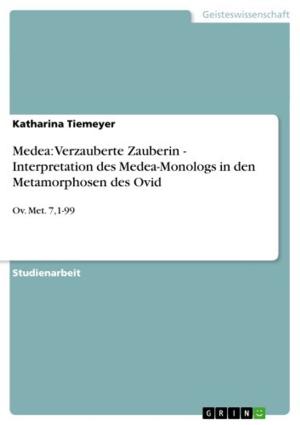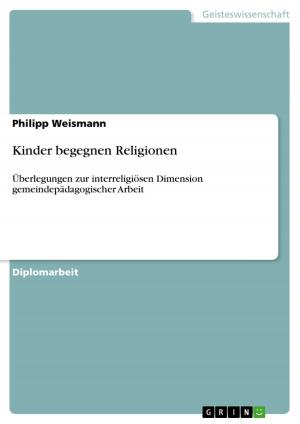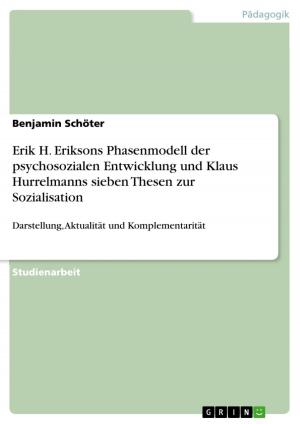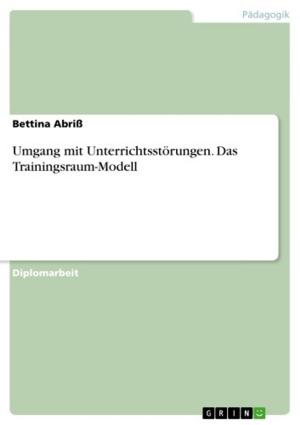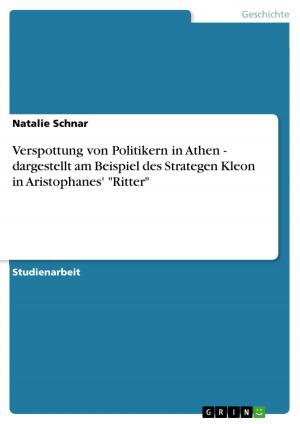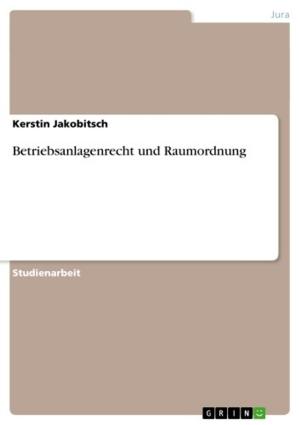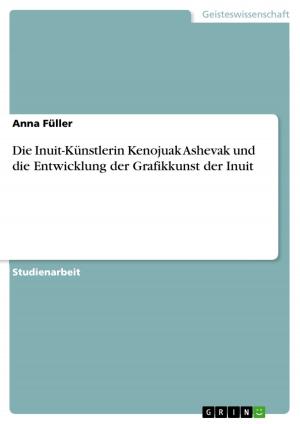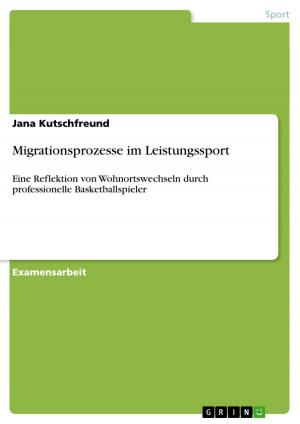First and second language acquisition
Unraveling the mystery of language learning
Nonfiction, Entertainment, Drama, Anthologies| Author: | Susanne Wrobel | ISBN: | 9783656546641 |
| Publisher: | GRIN Verlag | Publication: | November 21, 2013 |
| Imprint: | GRIN Verlag | Language: | German |
| Author: | Susanne Wrobel |
| ISBN: | 9783656546641 |
| Publisher: | GRIN Verlag |
| Publication: | November 21, 2013 |
| Imprint: | GRIN Verlag |
| Language: | German |
Studienarbeit aus dem Jahr 2013 im Fachbereich Anglistik - Sonstiges, Note: 1,0, Ruprecht-Karls-Universität Heidelberg (Anglistisches Seminar), Veranstaltung: Psycholinguistics, Sprache: Deutsch, Abstract: We acknowledge the fact that to learn any language takes time. It is a process and not instantaneous as we have all experienced whether it was through our first or our second language. Most of us though don't remember putting much effort into learning our mother tongue but remember well the effort we put into learning a foreign language. Understanding the underlying processes can especially be valuable to teachers and learners of a second language. It can help teachers with their teaching methods and both teacher and learner can be more patient and enjoy exploring the new language. Processes in first and second language acquisition share common sequences but are still different and vary especially in the outcome. While all speakers achieve native proficiency in their first language, they do not or are not able to do so in their second.
Studienarbeit aus dem Jahr 2013 im Fachbereich Anglistik - Sonstiges, Note: 1,0, Ruprecht-Karls-Universität Heidelberg (Anglistisches Seminar), Veranstaltung: Psycholinguistics, Sprache: Deutsch, Abstract: We acknowledge the fact that to learn any language takes time. It is a process and not instantaneous as we have all experienced whether it was through our first or our second language. Most of us though don't remember putting much effort into learning our mother tongue but remember well the effort we put into learning a foreign language. Understanding the underlying processes can especially be valuable to teachers and learners of a second language. It can help teachers with their teaching methods and both teacher and learner can be more patient and enjoy exploring the new language. Processes in first and second language acquisition share common sequences but are still different and vary especially in the outcome. While all speakers achieve native proficiency in their first language, they do not or are not able to do so in their second.




